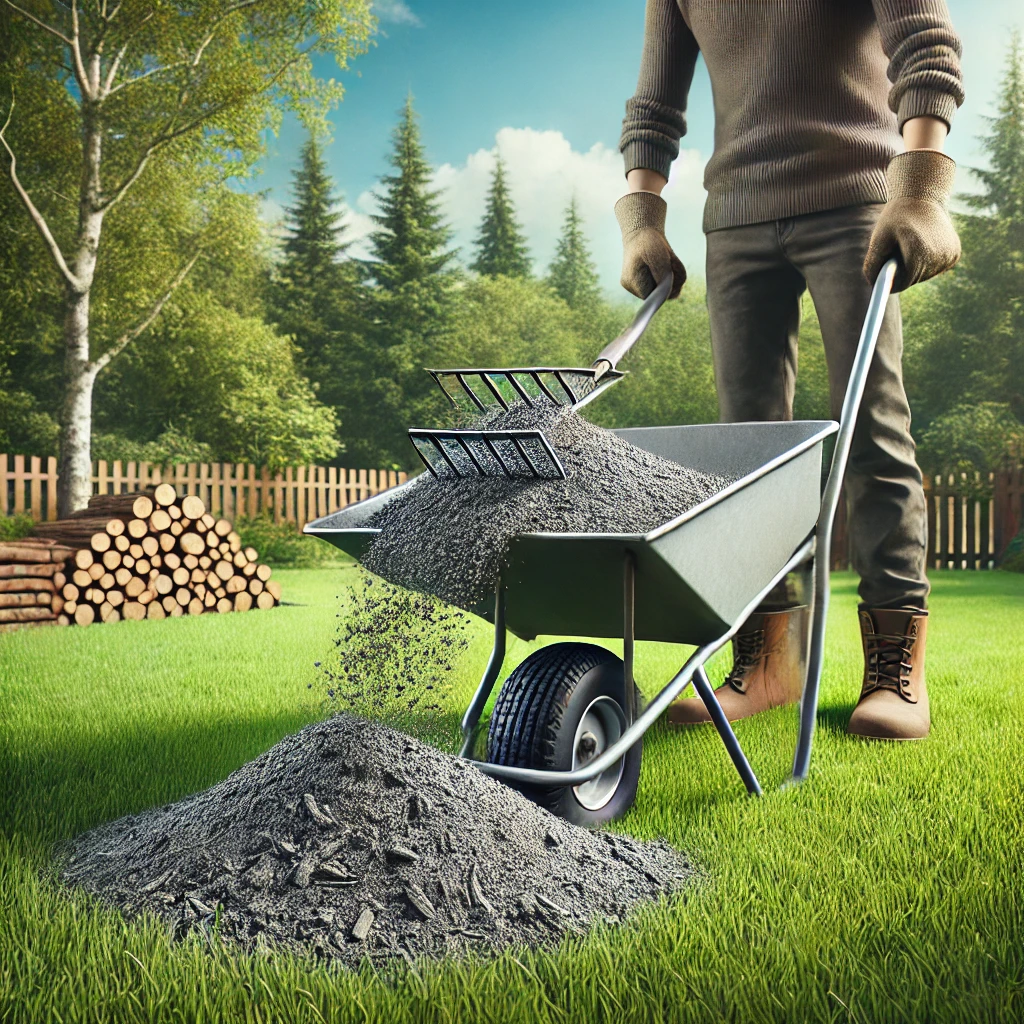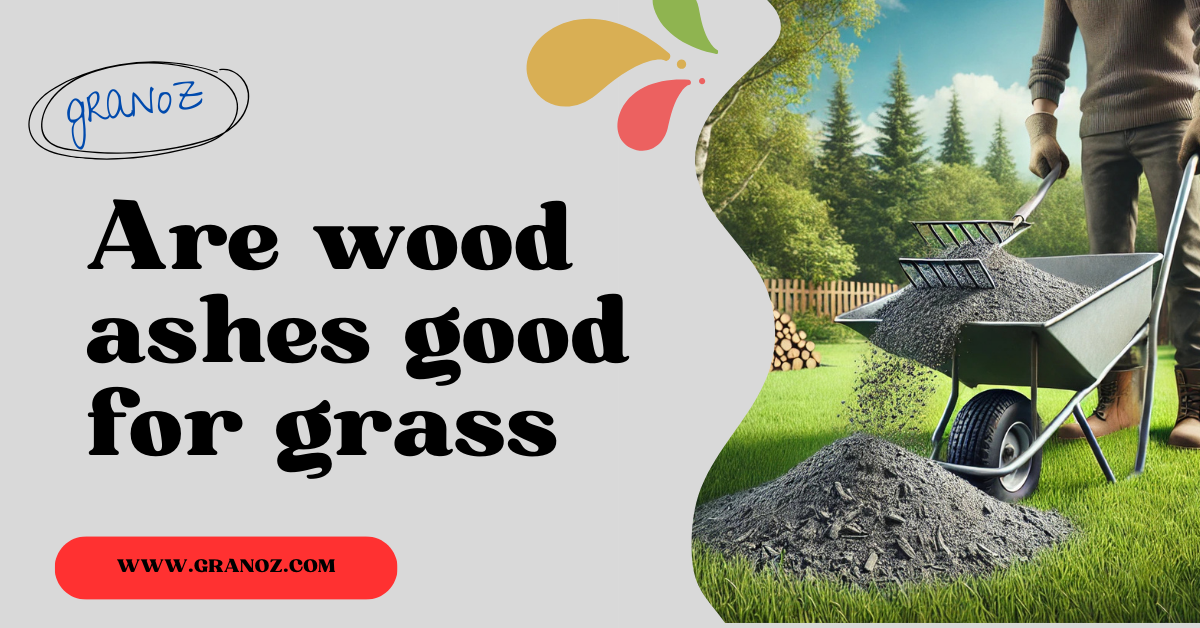
Are Wood Ashes Good for Grass?
Wood ashes, often seen as waste from fireplaces or wood stoves, can actually serve as an excellent natural fertilizer for your lawn. They contain vital nutrients that can enhance grass health. In this article, we will explore the benefits, application methods, and considerations of using wood ashes on grass.
Table of Contents
Understanding Wood Ashes
Wood ashes are the leftover remnants from burning wood. They are primarily composed of calcium carbonate, potassium, and trace elements like magnesium and phosphorus. When used correctly, these ashes can improve soil fertility and enhance grass growth.

The primary component, calcium, plays a crucial role in soil health by helping to neutralize acidic soils. Additionally, potassium is essential for plant health, contributing to root development and overall vigor. Therefore, wood ashes can be an eco-friendly alternative to commercial fertilizers.
Benefits of Using Wood Ashes on Grass
One of the most significant benefits of wood ashes is their ability to raise soil pH. Many soils, especially in humid regions, can become too acidic for optimal grass growth. Adding wood ashes can help balance the pH levels, making the soil more suitable for grass and other plants.
Moreover, wood ashes provide essential nutrients to grass. The potassium in wood ashes promotes strong root systems and enhances drought resistance. This is particularly beneficial during dry spells when grass needs additional support to thrive. The trace minerals found in wood ashes also contribute to overall grass health, promoting lush and vibrant lawns.
How to Apply Wood Ashes
When applying wood ashes, timing and method are crucial for effectiveness. The best time to apply wood ashes is during the fall or early spring when the grass is actively growing. Before application, it’s essential to test your soil’s pH to determine if your soil actually needs the alkalinity that ashes provide.
To apply wood ashes, spread a thin layer evenly across the lawn. A rate of about 5 to 10 pounds per 1,000 square feet is typically recommended. Be cautious not to overapply, as too much can lead to nutrient imbalance or excessive alkalinity.
Considerations When Using Wood Ashes
While wood ashes offer many benefits, there are important considerations to keep in mind. Not all ashes are created equal; for instance, ashes from treated wood, charcoal briquettes, or other materials can contain harmful chemicals. Always ensure that the ashes used are from clean, untreated wood.
Additionally, wood ashes should not be used as the sole source of nutrients for your lawn. They are best used as a supplement to a balanced fertilization program. Regular soil testing can help determine the nutrient needs of your grass, ensuring a well-rounded approach to lawn care.
Creating a Balanced Lawn Care Routine
For optimal grass health, it is essential to create a balanced lawn care routine. This includes regular mowing, appropriate watering, and timely fertilization. Incorporating wood ashes into this routine can enhance the overall nutrient profile of your soil, but it should complement other practices.
In addition to using wood ashes, consider incorporating organic matter like compost or well-rotted manure. This will further improve soil structure and fertility, ensuring your grass receives a comprehensive range of nutrients. A well-rounded approach will lead to a healthier, more resilient lawn.
Potential Downsides of Wood Ashes
While wood ashes can be beneficial, there are potential downsides to consider. Over-application can lead to soil alkalinity, which can inhibit the growth of acid-loving plants. It’s essential to monitor soil pH levels and adjust your application rates accordingly.
Moreover, the nutrient content can vary significantly depending on the type of wood burned. Hardwoods generally produce ashes with higher nutrient content compared to softwoods. Therefore, understanding the source of your wood ashes is vital for effective lawn management.
Environmental Impact of Using Wood Ashes
Using wood ashes as a lawn amendment has a positive environmental impact. It recycles a waste product that would otherwise go to landfills, reducing waste. Additionally, using natural materials like wood ashes can decrease reliance on chemical fertilizers, promoting a healthier ecosystem.
Furthermore, wood ashes can help improve soil health over time, leading to more sustainable gardening practices. By supporting natural nutrient cycles, you contribute positively to your local environment while maintaining a beautiful lawn.
Conclusion
In conclusion, wood ashes can be a valuable addition to your lawn care routine. They provide essential nutrients, help balance soil pH, and promote healthy grass growth. However, it’s crucial to use them wisely and in moderation, integrating them into a comprehensive lawn care strategy. With proper application and consideration, wood ashes can help you achieve a vibrant and lush lawn while also benefiting the environment.
FAQs
1. Can I use ashes from any type of wood?
No, it’s important to use ashes from untreated wood only. Ashes from treated wood or charcoal briquettes may contain harmful chemicals that can be detrimental to your lawn.
2. How often should I apply wood ashes to my lawn?
Generally, applying wood ashes once or twice a year is sufficient. Always test your soil to determine its nutrient needs before application.
3. Will wood ashes harm my grass if I use too much?
Yes, over-application can lead to excessive alkalinity in the soil, which may inhibit the growth of grass and other plants. It’s crucial to follow recommended application rates.
4. Can I mix wood ashes with other fertilizers?
Yes, wood ashes can be mixed with other organic fertilizers. However, ensure that the combined nutrient content meets the specific needs of your lawn.
5. Are there specific grass types that benefit more from wood ashes?
Most grass types can benefit from wood ashes, especially those that thrive in slightly alkaline soils. However, it’s essential to consider your specific soil conditions and grass variety for optimal results.
Ash For Your Garden – 4 Ways To Apply It Properly

